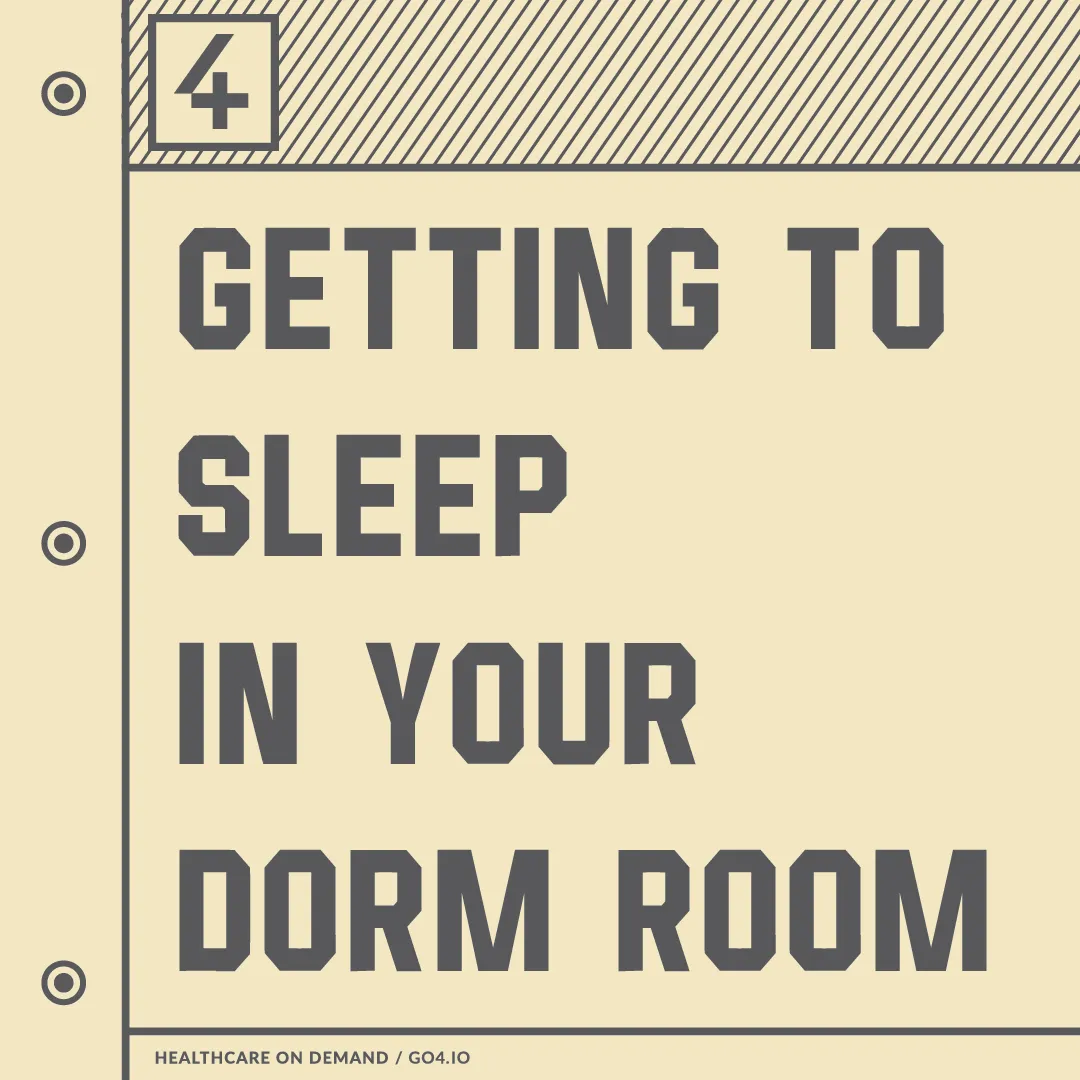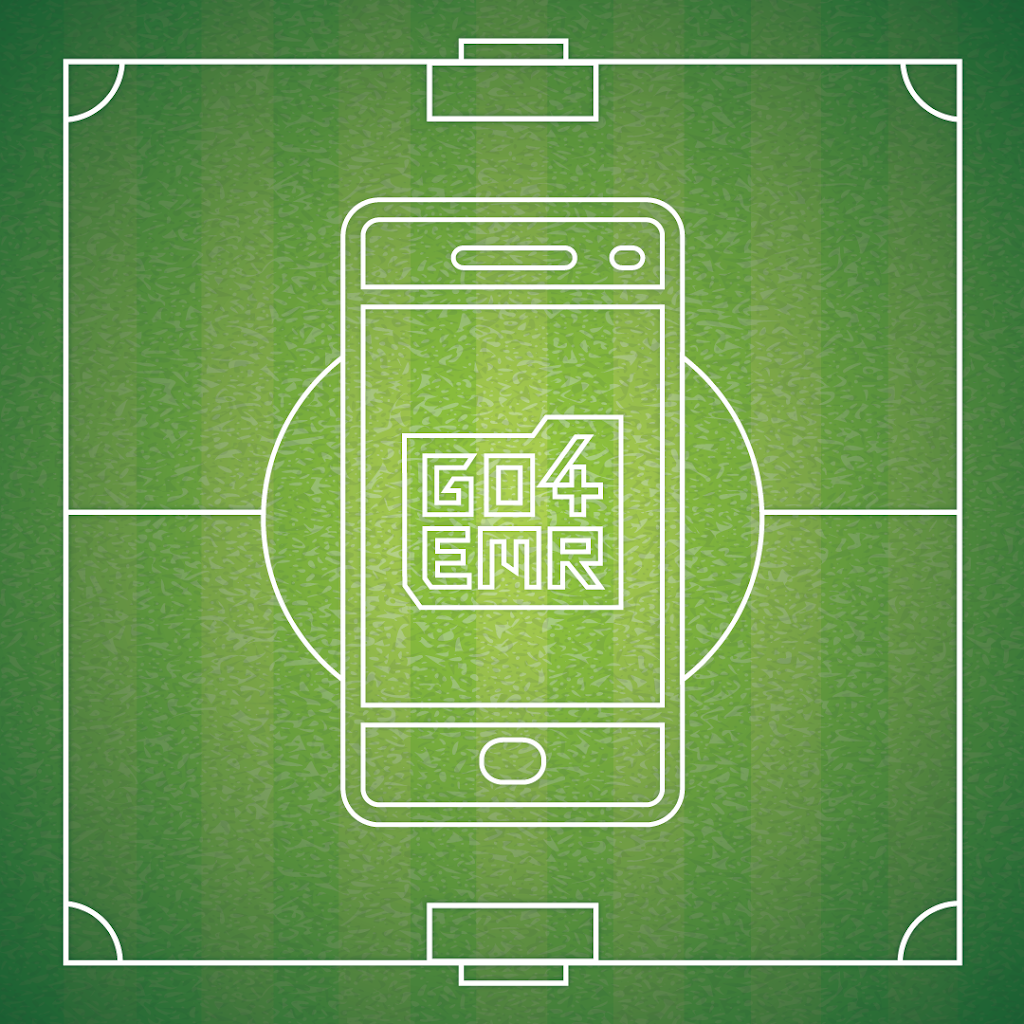For Athletes: Developing Good Sleep Habits for Dorms

Everyone who works with athletes–coaches, athletic trainers, strength & conditioning personnel–know that sleep is one of the best athletic performance enhancers on the market today. Getting a good night’s sleep before a game, practice or tournament is essential to playing your best while also reducing the risk of injuries. This article focuses on developing good sleep habits for athletes.
Sleep deprivation significantly decreases cognitive function, including lapses of attention, alertness, vigilance, and the speed of cognitive and psychomotor responses1. Laboratory studies show that a deficit as small as 90 minutes for just one night can lead to a reduction of daytime objective alertness by one-third2.
Whether you’re a coach, athletic trainer, sport nutritionist or parent, making sure athletes get suitable sleep in a dorm room or any new environment can be a challenge. Check out these tips below to help your athletes get some Z’s and get after it.
GETTING TO SLEEP IN A NEW ENVIRONMENT
Getting to sleep in a new space, like a dorm room, can be challenging due to unfamiliar surroundings, noise, and uncomfortable beds. Here are some tips on how to get to sleep in a dorm room:
BRING YOUR OWN PILLOW: Sounds simple, but consider bringing your own pillow for added comfort and familiarity.
Use earplugs or white noise: If you’re a light sleeper, consider bringing earplugs or a white noise machine to help block out external noises that may disrupt your sleep.
Create a sleep-conducive environment: Make sure your room is cool, dark, and quiet. Consider using blackout curtains, turning off any electronics that emit light or noise, and adjusting the temperature to your preference.
Stick to your normal sleep routine: Try to maintain your normal sleep routine, even if you’re in a different time zone or location. This includes going to bed and waking up at the same time every day, and engaging in calming activities before bedtime.
NO CAFFEINE OR ALCOHOL! Do not consume caffeine and alcohol in the hours leading up to bedtime. They interfere with sleep quality. How do they interfere? Keep scrolling and see how.
—
PRE-SLEEP RELAXATION TECHNIQUES
Pre-sleep relaxation techniques are techniques that help calm the mind and body before bedtime, making it easier to fall asleep and improve sleep quality. Here are some examples of pre-sleep relaxation techniques which fall directly under the umbrella of developing good sleep habits for athletes:
Deep breathing: Deep breathing exercises can involve inhaling slowly through your nose, pausing, and taking a second short inhale. Then, breathe out long and slow through your mouth. This can help slow down your heart rate and relax your muscles.
Progressive muscle relaxation: This technique involves tensing and then relaxing each muscle group in the body, starting from the feet and working up to the head. This can help release tension and promote relaxation.
Visualization: Visualization involves imagining a peaceful scene, such as a beach or a mountain, and focusing on the details of the scene. This can help calm the mind and promote relaxation.
Mindfulness meditation: This technique involves focusing on the present moment and observing your thoughts and sensations without judgment. This can help reduce stress and promote relaxation.
Yoga or gentle stretching: Gentle stretching or yoga poses can help release tension in the muscles and promote relaxation.
Listening to calming music: Listening to slow and calming music before bedtime can help slow down the heart rate and promote relaxation.
—
WAKING UP:
Stretch: Stretching helps wake up your body by increasing blood flow.
Hydrate: Drinking a glass of water rehydrates your body and can help you feel more alert.
Open the curtains: Natural light helps regulate your body’s circadian rhythm and sends a signal to your brain that it’s time to wake up.
Take a cold shower: If you’re really tired, a quick cold shower can help wake up your body and increase your alertness.
Get moving: Go for a quick walk, do some light exercise, or engage in some other physical activity to help wake up your body and mind.
Eat Breakfast: Eating a nutritious breakfast fuels your body and gives you energy for the games ahead.
HOW ALCOHOL DISRUPTS SLEEP
Suppression of REM sleep: Alcohol can suppress the rapid eye movement (REM) stage of sleep, which is important for memory consolidation, learning, and mood regulation.
Fragmentation of sleep: Alcohol can cause your sleep to be more fragmented and restless, leading to frequent awakenings throughout the night.
Increased snoring and sleep apnea: Alcohol can also relax the muscles in your throat, leading to snoring and obstructive sleep apnea, which can further disrupt your sleep and lead to daytime fatigue.
In addition to these effects, alcohol can also cause dehydration and increase your need to urinate, both of which can further disturb your sleep.
—
HOW CAFFEINE DISRUPTS SLEEP
When you consume caffeine, it blocks the action of adenosine, a chemical in the brain that promotes sleep and suppresses arousal3. This can lead to the following effects:
Difficulty falling asleep: Consuming caffeine too close to bedtime can make it harder for you to fall asleep when you want to, as the stimulant effects of caffeine can last for several hours.
Reduced sleep quality: Even if you are able to fall asleep after consuming caffeine, the quality of your sleep may be reduced. Studies have shown that caffeine can cause more light sleep and less deep sleep, which can lead to daytime fatigue and sleepiness.
Increased wakefulness: Caffeine can also increase wakefulness during the night, leading to more frequent awakenings and further disrupting your sleep.
As a coach, parent, athletic trainer or teammate: use these tips and advice to start developing good sleep habits for athletes.
—
1: Goel N, Rao H, Durmer JS, Dinges DF. Neurocognitive consequences of sleep deprivation. Semin Neurol. 2009;29(4):320–339.
2: Bonnet MH, Arand DL. Hyperarousal and insomnia: state of the science. Sleep Med Rev. 2010;14(1):9–15.
3: Risk Manag Healthc Policy. 2018; 11: 263–271. Published online 2018 Dec 7. doi: 10.2147/RMHP.S156404
Are you an Athletic Trainer?
Join us!
From per diem shifts to full-time opportunities, AT resources, PLI, a free EMR and more, Go4 is the essential AT app. Sign up now!
"*" indicates required fields
Other articles you might like

What is the deal with Standing Orders?
How do I get standing orders as an athletic trainer? Q: What are standing orders? A: Standing orders, aka medical protocols, establish the scope of practice for an athletic trainer. Under the direction of a physician, they are an overview of the specific skills that the AT is legally able…

AT Spotlight: Thomas Obergefell, Athletic Training from the Dugout
Name: Thomas Obergefell, MS, ATC, LAT Nickname: T.J. Alma…

Middle School / High School / College / Any School EMR: The Importance of Documentation
Go4’s in-app Electronic Medical Record We all know the reasons why it’s important to thoroughly document, but incase you forgot, here they are:…